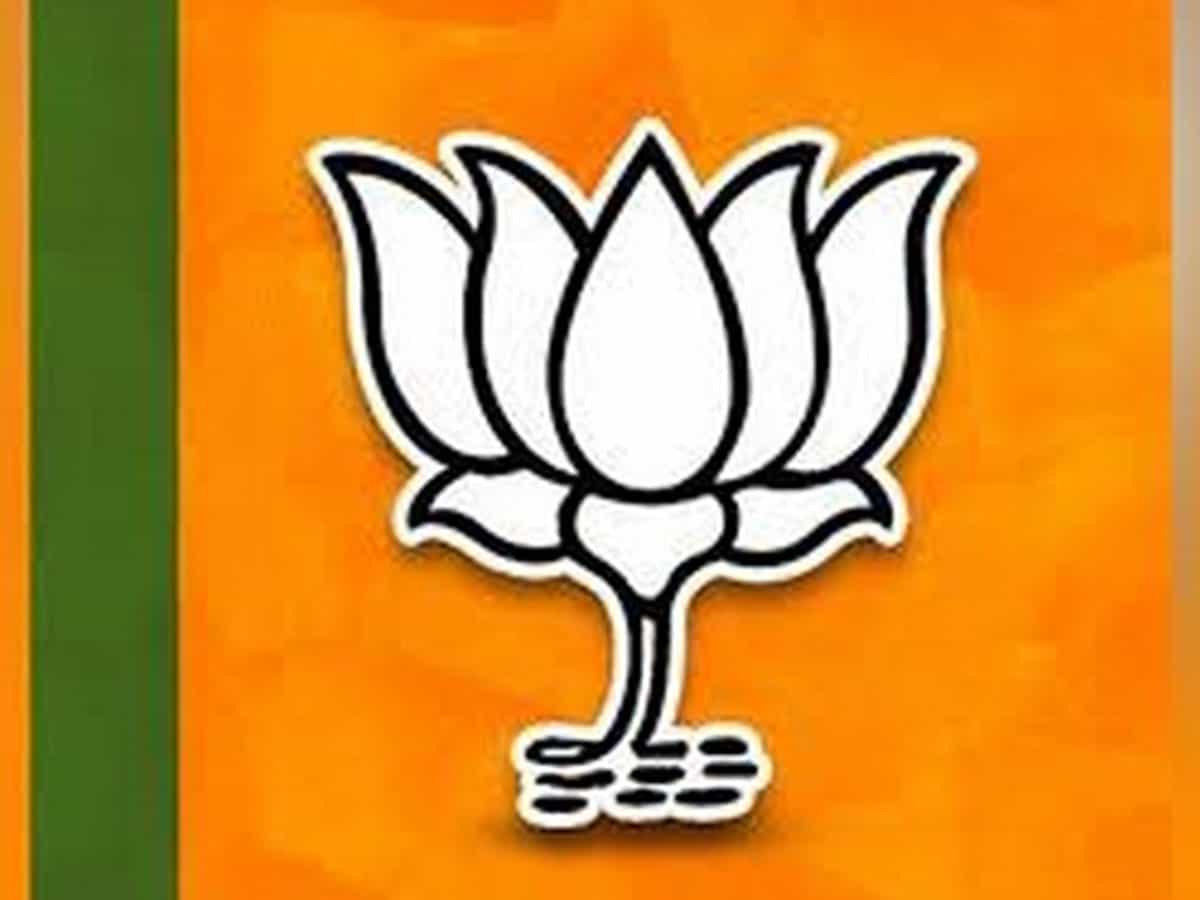Bengaluru: With several communities up in arms demanding a fresh look at the caste-based reservation list, Karnataka is witnessing a cacophony of unprecedented proportion with religio-political undertone. Panchamsalis, a sub-caste group within the dominant Lingayath community, held a massive meeting in Bengaluru on February 21 (Sunday) demanding that the community be moved from 3A to 2A category within the reservation matrix. On February 6, the leaders of the Kuruba community led a padayatra voicing their demand to shift them from 2A to Scheduled Tribes (STs) category.
Complex matrix
To understand the complex matrix, one has to go back far into history of the State. Reservations were introduced in the State services as early as 1918 while the Old Mysore State was a principality. The Mysore Maharaja, following the report of the Justice Miller Committee, brought in reservation in state jobs which till then were dominated by Brahmins, mainly from former Madras Presidency. Secondly, the backward communities within the State themselves were vastly underrepresented in the Government employment. Curiously, the princely family itself belonged to the backward communities. A movement spearheaded by Praja Mitra Mandali was demanding reservation for caste and communities underrepresented in the State services. Sir M. Visveshwaraiah who was the Dewan of the then presiding Maharaja Krishnarajah Wadiyar-IV, resigned in protest against the implementation of Miller committee recommendation. Sir MV was of the view that the selections for the state jobs should be strictly on merit. It was during the chief ministership of Mr. Devaraj Urs that the Other Backward Classes (OBC) polarized into a strong votebank and gained ascendancy in matters of state policies. The reservation mounted the all-time high scale to 73% which were brought down to 50% after the 1994 ruling by the Supreme Court which 50% to be the upper limit for quotas. Tamil Nadu was however left out as an exception retaining reservations up to 69%.
Seven Categories
Currently, the State follows a reservation matrix with seven categories making up the total 50% of the quota. To begin with, Scheduled Castes (SCs) have 15% and Scheduled Tribes (STs) have 3% reservation. As for the OBC, the Category 1 (Most Backward) has 4% reservation. These include communities such as Uppara, Gollas (milkmen) and several nomadic communities. Category 2 (More Backward) is divided into 2A and 2B. It has been assigned 15% quota. 2A has Kuruba (shepherd), Idiga (toddy-tappers) and 100 other communities such as Vishwakarma, Kumbara, Devanga, Madiwala, Agasa, Tigala, Pattegar and Buddhists. 2B with 4% has been assigned to Muslims. Category 3 (Backward) is again divided into 3A and 3B. 3A has 4% quota for 12 communities including Vokkaliga, Reddy, Balija, Bunts and Kodavas. 2B has Veerashaiva-Lingayath and 42 sub-castes clubbed with Jains and Christians.
The decades of 1970s and 1980s witnessed constitution of three Backward Class Commissions to work on the quota matrix. Though all three found the Veerashaiva community to be “forward”, the Government of the day still designated them as OBC and included them in the 3B category. Of 17 chief ministers in the State, eight have been from the Lingayath community. But the Panchamsalis nurse the grouse that only two of them were from Panchamsali sect. They plead that the 5% quota for Veerashaiva-Lingayath is lapped up by the dominant sects within the Lingayath community. But the real fear is that if Panchamsalis are included among the 2A category the 100 and odd communities would suffer the same fate and former (the Panchamsalis) would corner the major benefits as the other groups in the category are much educationally backward.
Kuruba demand
Similarly, the Kuruba leaders from the BJP plead that the community be shifted from 2A category to ST category. However, the Congress leaders from the Kuruba community—of whom former CM Siddramaiah is considered the stalwart—have not backed any such plea. Any such move would only lead to blurring of social fault line of the community and caste in the State. In order to be declared ST, the communities need to show five distinguishing characteristics: 1- indication of primitive traits, 2- distinctive culture, 3-geographical isolation, 4-shyness of contact with the community at large, and 5- backwardness. In fact, two of the sub-sects of Kurubas namely, ‘Jenu Kuruba’ (those who tap honey from honeycombs in rocks and jungles) and ‘Kaadu Kuruba’ (those who live in forests), have already been included in the ST list.
Sowing confusion
Mr. Eshwarappa, BJP minister in the cabinet, is one among the leading lights of Kuruba protest for tagging the community with STs. Observers from the social movement scene like Mr. Rajinder Chenni, Director, Manasa Centre for Cultural Studies, Shivamogga, point out that organizations like the RSS, which are opposed to reservations, are trying to sow confusion into the ranks of communities and are trying to blur the demarcation lines in order that the whole issue of caste-based reservation gets muddied. Some ministers within the BJP are therefore raising demands for revision of the entire matrix.
Queer dilemma
It is to be pointed out that the three commissions (led by L. G. Havanur, Justice Venkataswamy and Justice Chinnappa) had made their recommendations based on the scientific evaluation of backwardness of the populace in the 70s and 80s. However, the reservation matrix was decided by the government of the day in keeping with their own caste-based calculations and pressures exerted by the caste lobbies. Any attempt to relook and revise the matrix is bound to stir the hornet’s nest besides cause social and political upheaval. Karnataka is faced with the queer dilemma of more politically dominant communities being more vocal in raising demand for being declared backward and thereby deserving a special category for reservation.
M A Siraj is senior journalist based in Bengaluru. He writes for several publications in the country.

